What Nd Filter For Sun ?
A neutral density (ND) filter for sun photography typically ranges from ND2 to ND1000, depending on the desired effect. The specific ND filter to use depends on factors such as the intensity of sunlight, desired exposure time, and the effect you want to achieve in your photographs.
1、 Types of ND filters for sun photography
When it comes to sun photography, using an ND filter is essential to achieve the desired effects. ND filters, or neutral density filters, are designed to reduce the amount of light entering the camera without affecting the color or quality of the image. This allows photographers to use longer shutter speeds or wider apertures even in bright sunlight, resulting in creative and stunning shots.
There are various types of ND filters available for sun photography, each with its own characteristics and uses. The most common types include fixed ND filters, variable ND filters, and graduated ND filters.
Fixed ND filters come in different strengths, such as ND2, ND4, ND8, etc., indicating the amount of light they block. These filters are ideal for situations where you need a consistent reduction in light throughout the image.
Variable ND filters, on the other hand, offer adjustable light reduction by rotating the filter. They are versatile and convenient, allowing photographers to quickly adapt to changing lighting conditions. However, some variable ND filters may introduce color casts or vignetting, so it's important to choose a high-quality filter.
Graduated ND filters are particularly useful for sun photography when there is a significant difference in brightness between the sky and the foreground. These filters have a gradient that transitions from dark to clear, allowing you to balance the exposure between the bright sky and the darker landscape.
It's worth noting that the latest point of view in ND filters for sun photography is the use of high-quality filters that are specifically designed to minimize color shifts and maintain image sharpness. Additionally, some filters now incorporate special coatings to reduce reflections and flare, ensuring optimal image quality.
In conclusion, choosing the right ND filter for sun photography depends on your specific needs and shooting conditions. Whether you opt for fixed, variable, or graduated ND filters, it's important to invest in high-quality filters that deliver accurate color reproduction and maintain image sharpness.
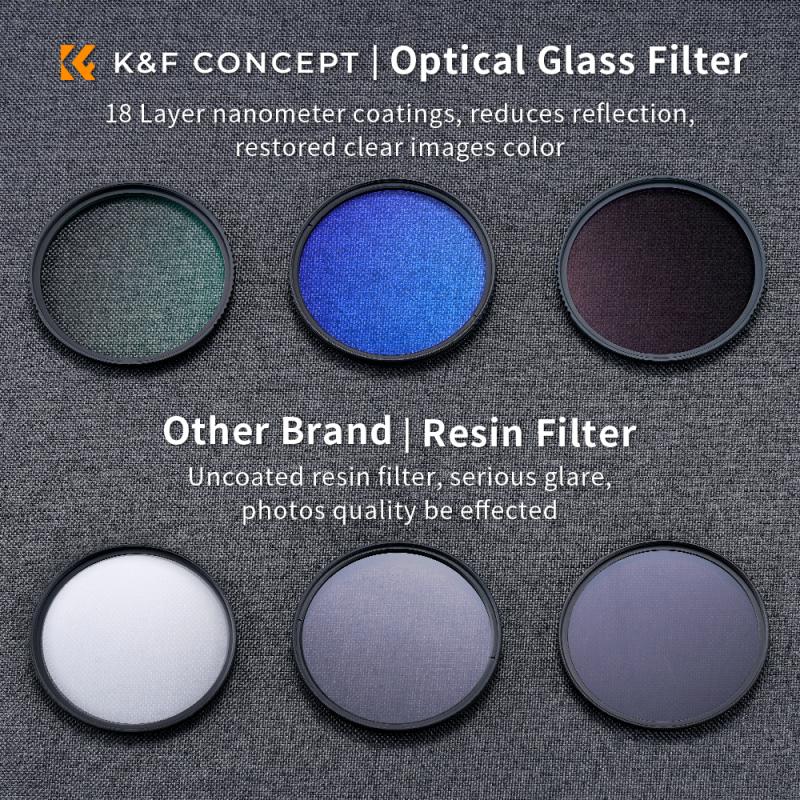
2、 Recommended ND filter strengths for shooting in bright sunlight
Recommended ND filter strengths for shooting in bright sunlight can vary depending on the specific conditions and desired effect. ND filters, or neutral density filters, are used to reduce the amount of light entering the camera lens, allowing for longer exposures or wider apertures in bright conditions.
In general, for shooting in bright sunlight, a good starting point is to use an ND filter with a strength of around ND8 or ND16. These filters reduce the amount of light entering the lens by 3 or 4 stops respectively, which can help to achieve a more balanced exposure and prevent overexposure in the highlights.
However, it's important to note that the specific strength of the ND filter needed can vary depending on factors such as the time of day, the intensity of the sunlight, and the desired effect. For example, if shooting during the golden hour or in slightly less intense sunlight, a lower strength ND filter like ND4 may be sufficient.
Additionally, some photographers prefer to stack multiple ND filters to achieve even greater light reduction. This can be useful for long exposure photography or when shooting with wide apertures in very bright conditions.
It's also worth considering variable ND filters, which allow for adjustable light reduction by rotating the filter. These can be convenient for quickly adapting to changing lighting conditions without needing to switch between different fixed strength filters.
Ultimately, the choice of ND filter strength will depend on the specific shooting situation and the desired creative effect. Experimentation and practice will help determine the ideal ND filter strength for each photographer's unique style and preferences.
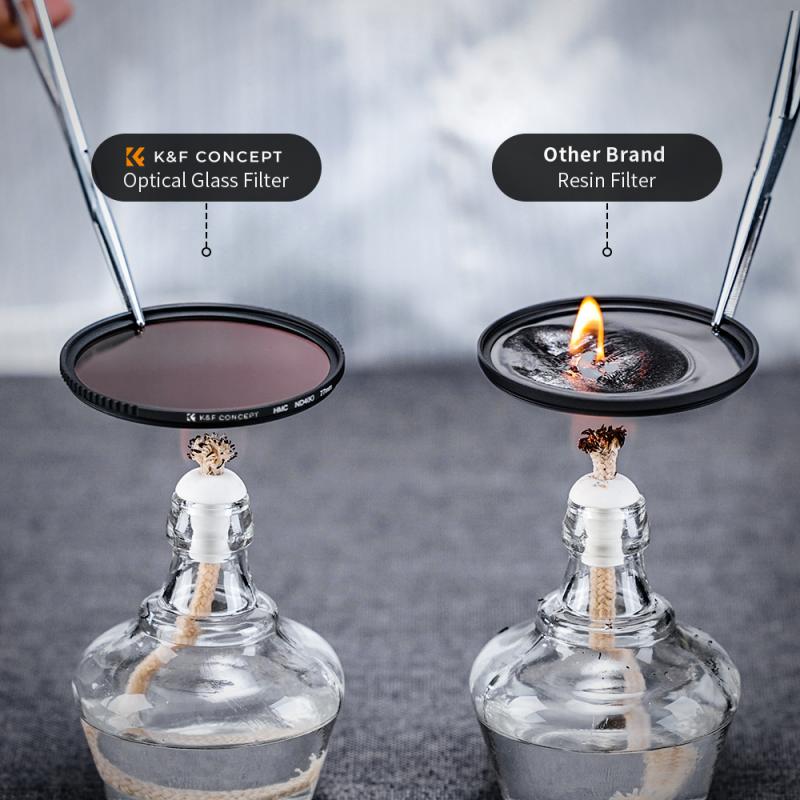
3、 Factors to consider when choosing an ND filter for sun photography
Factors to consider when choosing an ND filter for sun photography include the filter's density, quality, and compatibility with your camera lens. ND filters are used to reduce the amount of light entering the camera, allowing for longer exposures or wider apertures in bright conditions.
The density of the ND filter determines how much light it blocks. Common densities range from ND2 (blocking one stop of light) to ND1000 (blocking ten stops of light). The choice of density depends on the desired effect and the lighting conditions. For sun photography, a higher density filter like ND400 or ND1000 is often recommended to achieve longer exposures and capture motion blur in clouds or water.
The quality of the ND filter is crucial to maintain image sharpness and color accuracy. Cheaper filters may introduce color casts or reduce image quality. It is advisable to invest in high-quality filters from reputable brands to ensure optimal results.
Compatibility with your camera lens is another important consideration. ND filters come in different sizes and mounting systems, such as screw-on filters or square filter systems. Ensure that the filter you choose is compatible with your lens diameter or filter holder system.
Additionally, it is worth considering the latest advancements in ND filter technology. Some filters now feature nano-coatings to reduce reflections and improve image clarity. Others may have variable density, allowing you to adjust the amount of light reduction. These advancements can enhance the overall performance and versatility of the ND filter.
In conclusion, when choosing an ND filter for sun photography, consider factors such as density, quality, compatibility, and the latest advancements in filter technology. By carefully selecting the right ND filter, you can achieve stunning results in capturing the beauty of the sun and its surroundings.
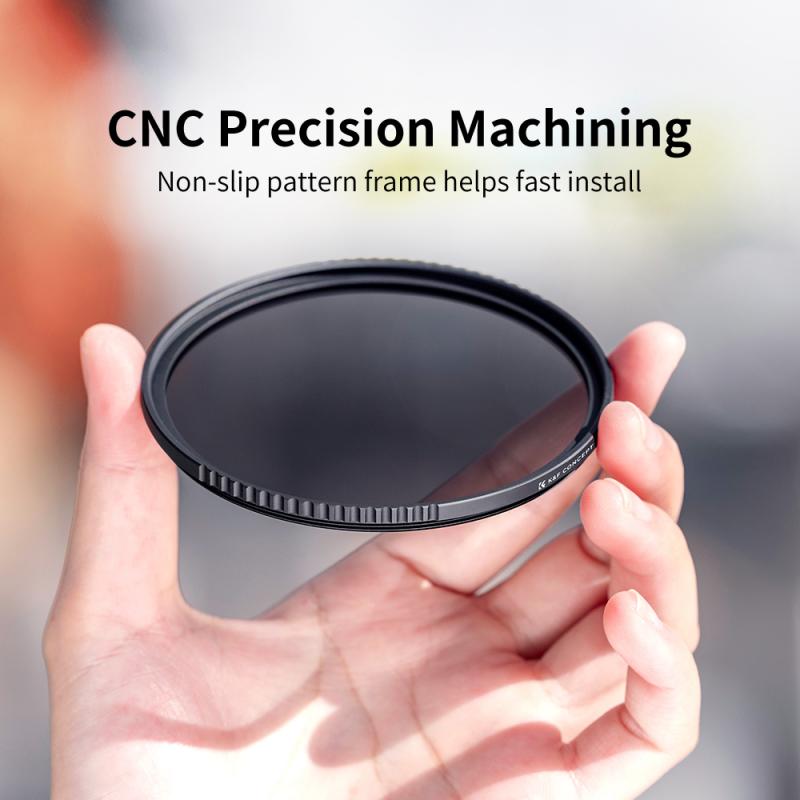
4、 Using ND filters to control exposure and reduce glare from the sun
Using ND filters to control exposure and reduce glare from the sun is a common practice among photographers and videographers. ND filters, or neutral density filters, are designed to evenly reduce the amount of light entering the camera without affecting the color balance. This allows for longer exposure times or wider apertures in bright conditions, resulting in more creative control over the final image.
When it comes to choosing the right ND filter for shooting in bright sunlight, there are a few factors to consider. The strength of the filter is measured in stops, with higher numbers indicating a greater reduction in light. For shooting in bright sunlight, a filter with a higher stop value, such as ND8 or ND16, is typically recommended. These filters will help to reduce the amount of light entering the camera, allowing for slower shutter speeds or wider apertures.
It's important to note that the specific filter strength needed will depend on the lighting conditions and desired effect. For example, if you want to capture motion blur in a bright outdoor scene, a higher stop ND filter may be necessary. On the other hand, if you simply want to reduce glare and maintain a balanced exposure, a lower stop ND filter may suffice.
Additionally, the quality of the ND filter is crucial in maintaining image sharpness and color accuracy. Investing in a high-quality filter from a reputable brand is recommended to ensure optimal results.
In recent years, there has been a rise in variable ND filters, which allow for adjustable light reduction by rotating the filter. These filters offer convenience and flexibility, as they eliminate the need to carry multiple filters with different stop values. However, it's important to note that some variable ND filters may introduce color casts or image degradation, so it's essential to choose a high-quality variable ND filter if opting for this option.
In conclusion, when shooting in bright sunlight, using ND filters can help control exposure and reduce glare. The specific filter strength needed will depend on the lighting conditions and desired effect, with higher stop values typically recommended. Investing in a high-quality filter is crucial for maintaining image quality, and the option of variable ND filters provides added convenience and flexibility.
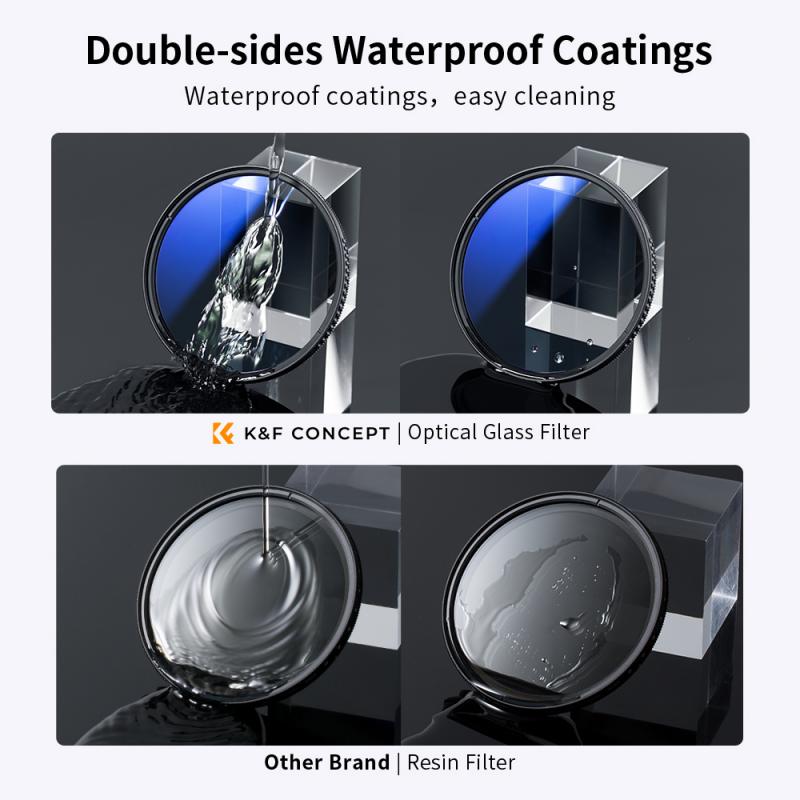

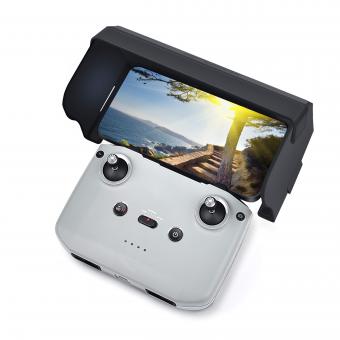
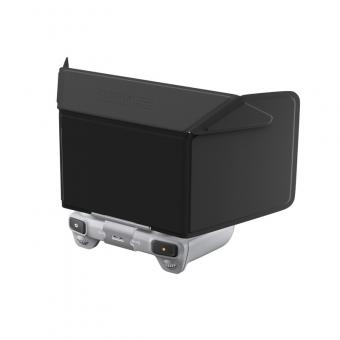

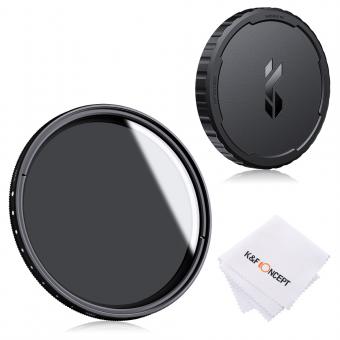



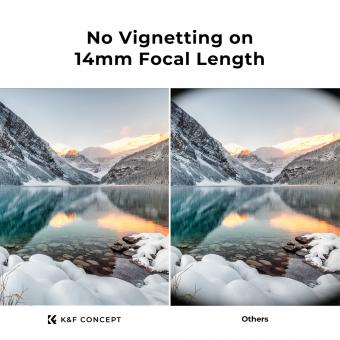
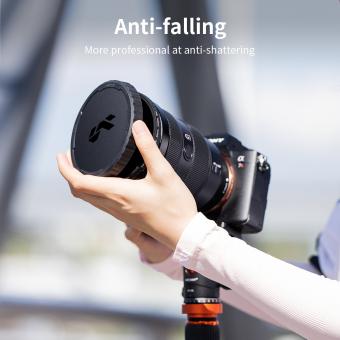




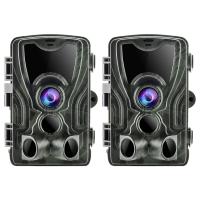
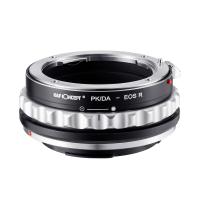
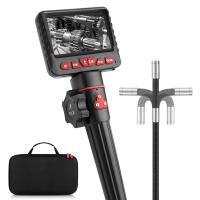
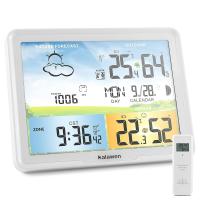
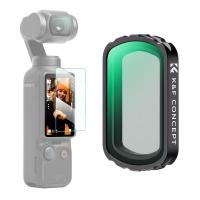
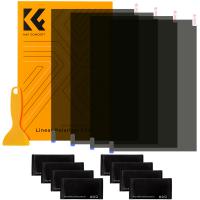

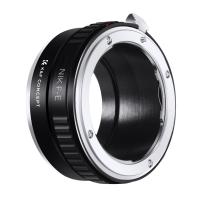
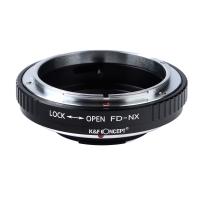
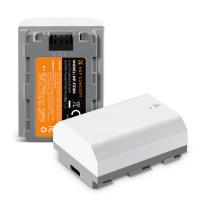

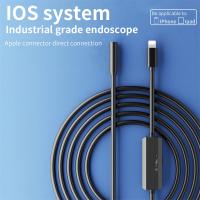
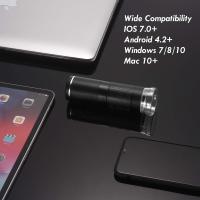
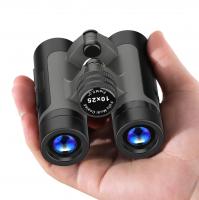


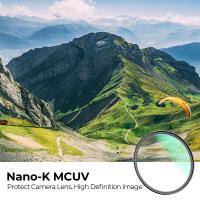


There are no comments for this blog.